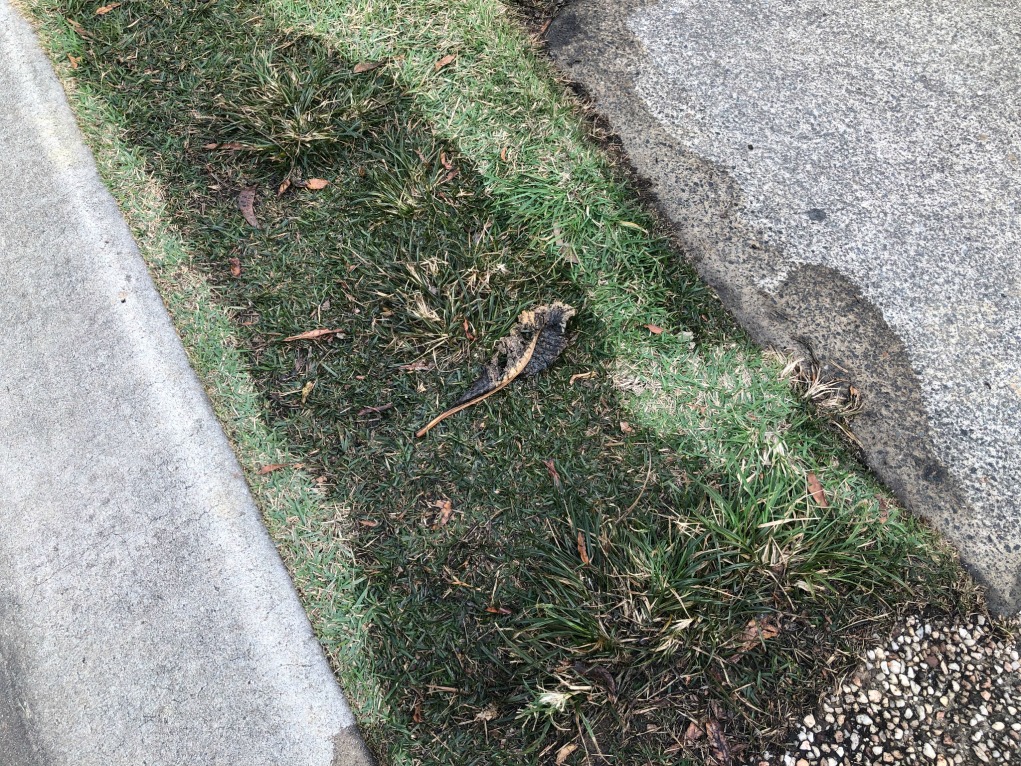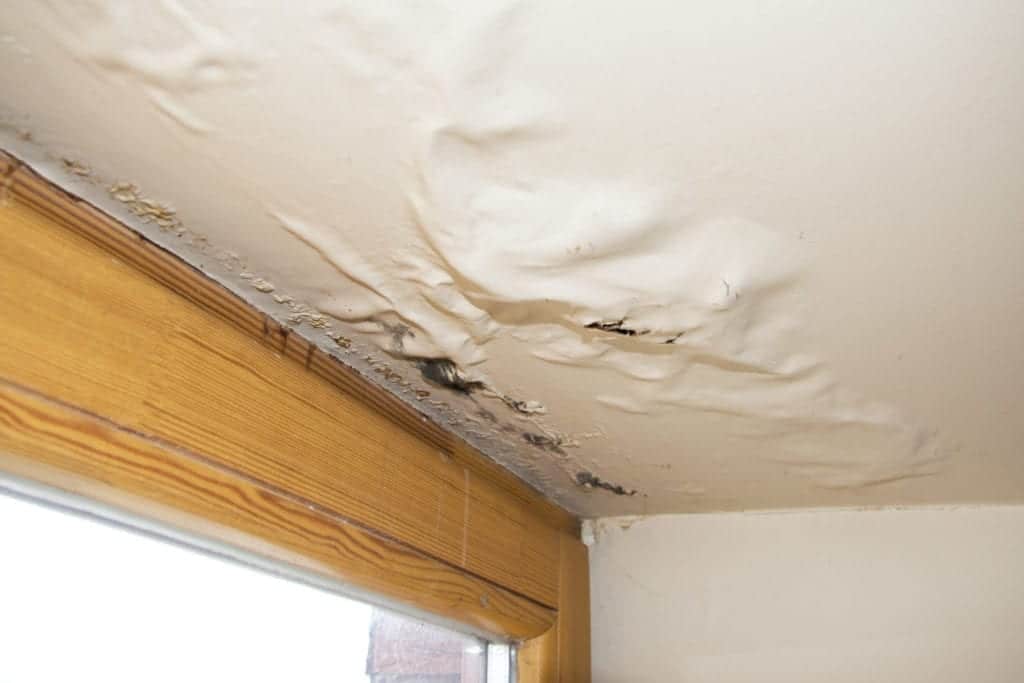Unveiling Hidden Water Line Leaks: Six Useful Detection Tricks
Unveiling Hidden Water Line Leaks: Six Useful Detection Tricks
Blog Article
We have unearthed this post relating to Finding hidden leaks below on the net and reckoned it made perfect sense to relate it with you on my blog.

Early discovery of leaking water lines can alleviate a prospective disaster. Apart from conserving you cash, it will decrease the irritation and also disappointment. The minute you locate a leak, calling your plumber for repair services is the best option. Nonetheless, some small water leakages might not be visible. If you can not discover it with your nude eyes, here are some hacks that assist.
1. Examine the Water Meter
Every residence has a water meter. Checking it is a guaranteed manner in which aids you discover leaks. For beginners, switch off all the water resources. Guarantee nobody will flush, make use of the faucet, shower, run the washing equipment or dishwasher. From there, most likely to the meter and also watch if it will certainly change. Because no person is using it, there ought to be no activities. If it moves, that indicates a fast-moving leakage. Also, if you find no changes, wait a hr or two as well as inspect back once more. This indicates you might have a slow-moving leak that could even be underground.
2. Check Water Consumption
Examine your water expenses and also track your water usage. As the one paying it, you must observe if there are any kind of disparities. If you spot sudden changes, despite your consumption being the same, it implies that you have leaks in your plumbing system. Remember, your water bill should fall under the same range monthly. An unexpected spike in your expense suggests a fast-moving leak.
A constant boost every month, even with the same habits, reveals you have a slow-moving leak that's likewise slowly intensifying. Call a plumber to thoroughly examine your residential or commercial property, specifically if you feel a warm area on your flooring with piping underneath.
3. Do a Food Coloring Examination
When it comes to water usage, 30% comes from bathrooms. If the shade somehow infiltrates your dish throughout that time without flushing, there's a leak between the storage tank and also bowl.
4. Asses Exterior Lines
Don't forget to inspect your exterior water lines also. Test spigots by connecting a yard tube. Should water leak out of the link, you have a loose rubber gasket. Replace this as well as make sure all links are limited. If you've got an automatic sprinkler, it will certainly assist get it properly checked out and maintained yearly. One tiny leak can squander tons of water and surge your water expense.
5. Check as well as Examine the Scenario
Home owners need to make it a behavior to examine under the sink counters and also even inside closets for any kind of bad odor or mold and mildew growth. These two red flags show a leakage so timely interest is needed. Doing routine evaluations, even bi-annually, can save you from a significant issue.
Inspect for discolorations as well as weakening as the majority of appliances as well as pipelines have a life span. If you suspect leaking water lines in your plumbing system, do not wait for it to escalate.
Early detection of leaking water lines can minimize a prospective calamity. Some tiny water leakages might not be visible. Examining it is a surefire means that helps you uncover leaks. One small leakage can waste lots of water and also surge your water costs.
If you think dripping water lines in your plumbing system, don't wait for it to intensify.
The Dangers of Undetected Water Leaks
Mold
One of the most common results of undetected water leaks in your home is mold. Under the right conditions, mold can begin to grow and spread in just a day or two.
Moisture from water leaks combined with humidity and lack of ventilation allow mold spores to germinate and start spreading.
And while household mold doesn’t carry the same health risks as substances like asbestos, they can cause allergic reactions in people sensitive to them or with asthma.
Structural Damage
When water leaks occur in places we can’t see — above the ceiling, behind walls or beneath floors — they often have time to do some serious damage before making themselves known.
You might notice cracks or bubbles appear in your walls or a slow drip or water from the ceiling.
These are signs of water leaks and buildups in the structure of your home. If you don’t jump on these problems soon enough, the wood frame that supports your house could start rotting, leading to costly repairs and increasing the risk of disasters like ceiling or wall collapses.
Water Waste
According to the Alliance for Water Efficiency, the average home can lose anywhere from 2,000 to 20,000 gallons of water per year due to leaks.
High numbers like that might make you imagine a burst pipe spewing out water. But believe it or not, even a small, constant drip from a kitchen sink could add up to over a thousand gallons of wasted water in a single year.
And if you live in a place where you pay for every gallon of water you use, that adds up to a lot of dollars down the drain. So we understand leaks are bad. Let’s take a look at some of the common (and not-so- common) water leaks you might find around your home.
Flush Valve Flapper
The flush valve flapper is a rubber flap that sits above the flush valve at the bottom of the tank. It’s attached to the flusher with a chain. Over time, it can get worn out and lose its seal, causing an endless flow of water into the toilet bowl.
These leaks are hard to detect since they’re usually silent, but there’s a little insider trick you can use with just a little dye or food coloring:
Put a few drops in the toilet tank. Check the water in your toilet bowl 15 minutes later. If any of the color made it into the toilet bowl, you’ll know what the culprit is.
Fill Valve
The fill valve is what replenishes your toilet’s tank water after you flush. If you’ve ever looked inside your toilet tank and seen water gushing out of an upright plastic valve, that’s a faulty fill valve.
https://meetflo.com/blogs/flo/how-to-find-and-repair-water-leaks-a-comprehensive-guide

I'm very curious about Leaking water lines and I'm hoping you liked the post. Appreciated our piece? Please share it. Let someone else check it out. I am grateful for your time. Don't forget to come by our blog back soon.
Get Started Report this page